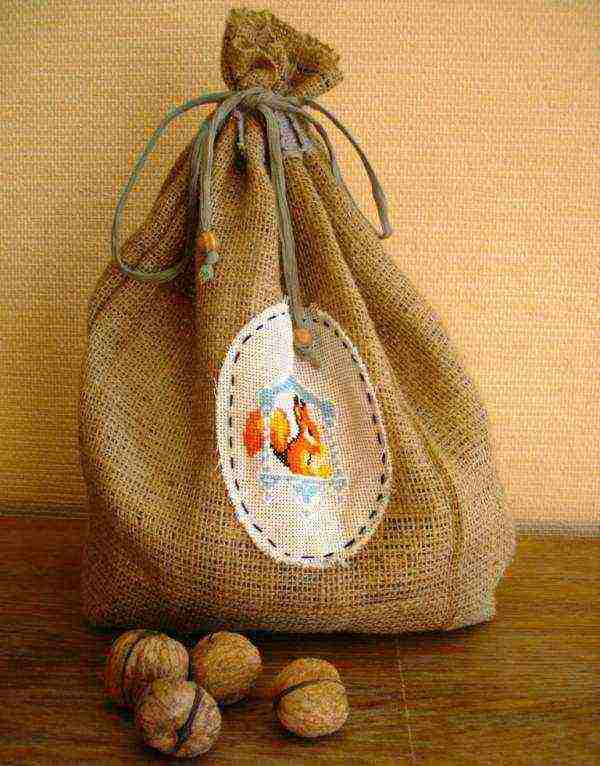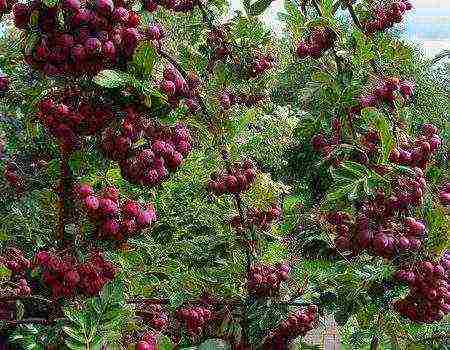How to properly store shelled walnuts and other nuts at home
There are many ways to store nutswhich differ from each other depending on whether the nuts are peeled or in the shell.
The storage of these healing kernels is important, because it will be possible for a long time to use the nuts collected with their own hands, or bought in the season at a lower price.
The right choice of raw materials is the key to long-term storage at home
To keep the nuts as long as possible, it is necessary to select the right raw materialsavoiding contact with spoiled product:
- it is best to store whole nuts, because when crushed, they quickly damp;
- when purchasing nuts, you should pay attention to the expiration date, the erased date indicates that the product has been on the shelves in the store for a very long time;
- on dried or moldy nuts, dark spots of a characteristic color appear;
- also, a spoiled product smells unpleasant and can sometimes cause a gag reflex;
- experienced housewives claim that purchasing peeled nuts can protect yourself from buying a "pig in a poke". Old kernels can be distinguished by a dark, yellow tint, a wrinkled surface, or the presence of dark spots;
- there is one little trick, expired nuts in the shell will rattle when shaken;
- if a yellow cloud of dust forms when the shell is opened, then the product is spoiled;
- it is advisable to try the nuts before buying, they should not be bitter;
- if possible, you can ask the seller for a bag in which the nuts were lying, it should be free from traces of various insects and mold.

There are also signs by which you can determine the freshness of a particular type of nut:
- Walnuts - if you try to crush the shell with your fingers, then it will work with old nuts, but not with fresh ones.
- Pistachios - these nuts must necessarily be opened, while you can easily distinguish how this process went, naturally or mechanically. If the pistachios have opened themselves, then when you try to return the shell to its original position, the joint will not touch.
- Pine nuts - spoiled peeled nuts show a darkening of the tip. If kernels are sold in shells, the packaging must be free of any debris. Also, there should be a dark dot on each shell, this indicates that it is not empty. Another sign of an old product will be too dark a shell or the presence of plaque on it.
- Hazelnut it deteriorates much faster than other nuts, and it must be stored very carefully, therefore it is best to buy kernels in shell, while there should be no mechanical damage on it.
We decide on the timing: how much to store?
The shelf life of nuts varies depending on the conditions in which they lie.
The shelf life of peeled nuts is conditionally equal to the following figures:
- in a place with room temperature - 2-3 weeks;
- in the refrigerator or cellar, nuts can be stored for up to 3 months;
- if the kernels are frozen, then the shelf life is increased to 1 year.
All individual types of nuts, at least slightly, but differ in terms of shelf life.
How much and under what conditions walnuts, hazelnuts and others can be stored
| Almond | Almonds will not deteriorate only if they have been properly dried, that is, the skin is not wrinkled or damaged. usually, these nuts are recommended to be stored at a temperature of 5-7 degrees and a humidity of 55-65 degrees, providing protection from sunlight. In such conditions, the kernels can lie for up to 12 months, if the nuts are frozen, then the shelf life increases to 1.5 years. When purchasing an in-shell product, the terms increase by 2-3 months. |
| Cashew | Such nuts are stored at cold temperatures (4-6 degrees) in a dry place for about a year, if you keep the product at room temperature, the terms are reduced to 1 month. Inshell nuts stored in the refrigerator or frozen peeled kernels can last up to 1.5 years. |
| Hazelnut | Fresh hazelnuts are considered perishable compared to other nuts. peeled kernels must be stored in an airtight container and in a dry place. At room temperature, the shelf life is 3 months, when stored in the refrigerator for six months, in frozen form, hazelnuts can lie for more than a year. In-shell nuts are stored for 2-3 months longer. 6 months after storage, hazelnuts become tough and lose some vitamins. |
| Peanut | This nut must be kept in a dry and well-ventilated area. At room temperature, peeled peanuts are stored for no more than 2 weeks, in the refrigerator for 3 months, and in the freezer for 6 months. Unpeeled kernels can be stored for 6-9 months, subject to a comfortable temperature of 5-7 degrees. |
| Pistachios | These nuts can only be stored in sealed packaging in a dry place. indoors, they can lie no more than 1-2 weeks, in a cold place up to 3 months, and peeled kernels are stored frozen for up to six months. Pistachios in shell, packaged at the enterprise, retain their freshness for up to 1 year. |
| Walnuts | In this case, it is very important to observe the storage conditions, the place must be dry and ventilated, and the container must be sealed. Peeled nuts are stored in the refrigerator for no longer than 3 months, and in the freezer for up to six months. The presence of the shell increases these periods by 2-3 months. |
How can you save peeled nuts?
There are several ways in which you can keep the nuts for the required amount of time.
If nuts are planned to be consumed in the near futurethen you can store them at room temperature. To do this, experienced housewives recommend adhering to the following recommendations:
- Some types of nuts, such as walnuts, almonds and cashews, need to be calcined in a pan without oil or in the oven, while drying out should not be allowed, for this the state of the kernels is constantly monitored and stirred.
- Chopped nuts will deteriorate much faster, so only whole kernels are chosen for storage.
- They are put in a tin or glass jar and closed tightly.
- You can also use cloth pouches.
- You can not use plastic bags for storage, because they will not be able to provide the necessary air circulation and the nuts will begin to rot and become moldy.
- It is best to choose dry and dark places for storage.
How much and how to properly store walnuts at home:
If nuts need to be stored for a longer period, then in this case they are put into the refrigerator, adhering to some tricks:
- It is best to store peeled nuts on the top shelf of the refrigerator;
- before placing the kernels in a container, they must be sorted and all rotten nuts must be removed, because they can cause damage to the entire batch, it is also desirable to carry out heat treatment;
- for these purposes, you can use a glass, plastic or tin container.
If the nuts are planned to be stored until next season, it is best to put them in the freezer, for this you need:
- whole, peeled nuts are sorted out and calcined;
- after that, they are laid out in small portions in order to make use more convenient. Nuts cannot be re-frozen, in which case they will lose their taste and useful qualities;
- For storage in the freezer, portions of the nuts are individually wrapped in baking paper or foil, or cling film can also be used.

Nuts have the ability to absorb odors, so they are kept separate from other foods.
Using these methods, you can preserve tasty kernels for a long time, while avoiding product spoilage.
You can also preserve nuts by preserving.:
- you can cook walnut jam;
- also, many people are very fond of nuts combined with honey.
How to extend the shelf life of inshell nuts
Inshell nuts last much longer than peeled nuts kernel, while you need to follow some recommendations:
- First you need to sort out the nuts, while removing the specimens with damaged shells.
- Large glass or iron jars are used as containers, which are placed in a dry, dark and cool place.
- You can also use canvas bags that are hung from the ceiling in a cool and well-ventilated area.
- Another possible container would be wooden crates.
- The maximum temperature at which the nuts do not dry out and do not lose their taste is plus 10 degrees.
- You also need to take into account the properties of nuts to absorb foreign odors, so it is better not to store them together with onions, garlic, etc.

Although inshell nuts take up more space, at the same time they will be stored longer and retain all their benefits.
All types of nuts differ slightly in terms of shelf life, so such nuances must be taken into account.


